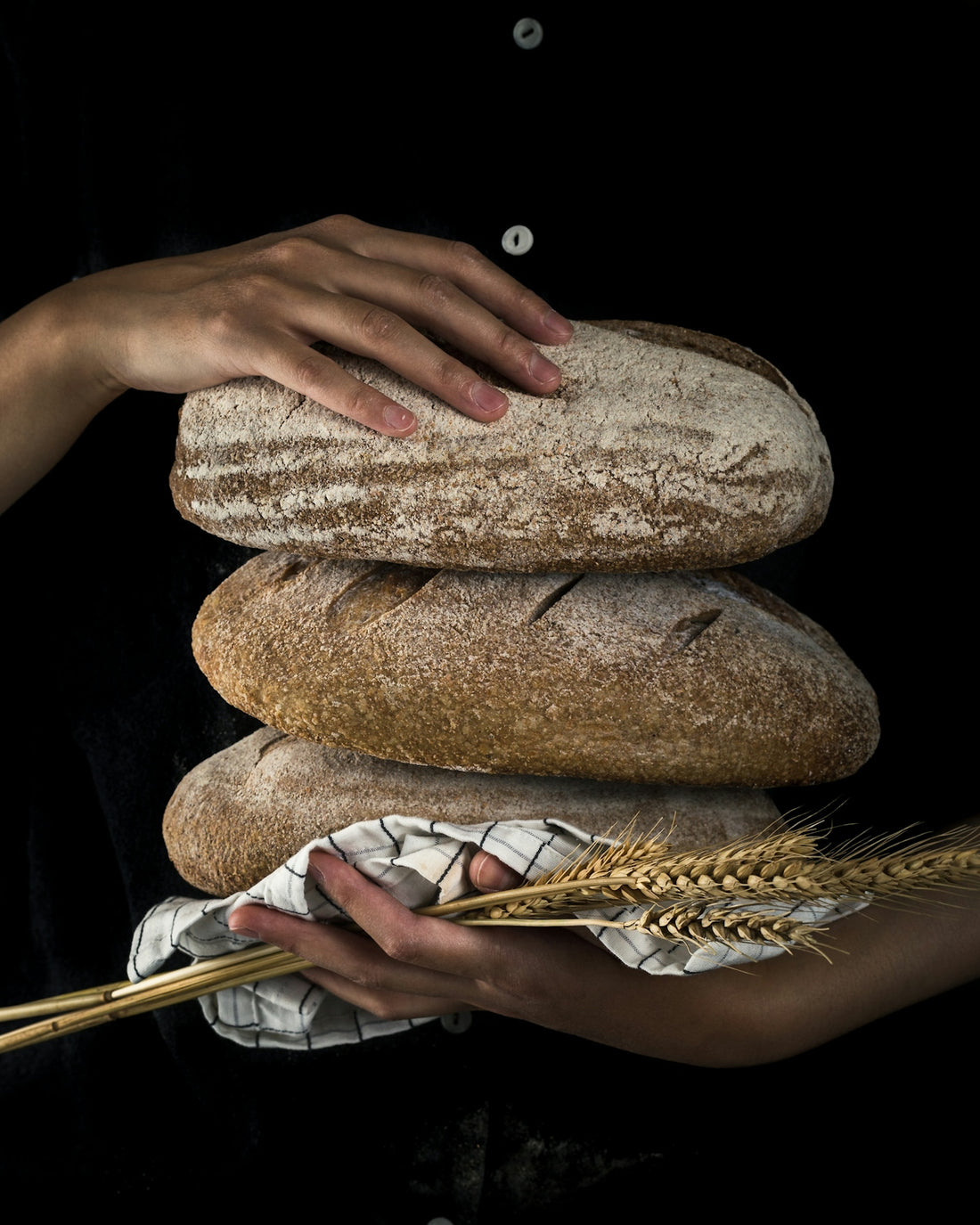
Artisan Bread Baking: Understanding the Importance of Scoring
Bread has been a fundamental part of human history for thousands of years, a staple that has not only nourished bodies but also ignited culinary imaginations. Among the many forms bread takes, sourdough holds a special place, celebrated for its tangy flavor, chewy texture, and intricate artistry. Into this rich tradition, we delve into the world of artisan bread baking, with a keen focus on the significance of scoring your bread.
Scoring sourdough is an art within the craft, an essential technique that goes beyond aesthetics. Whether you are a seasoned baker or new to the wonderful journey of sourdough, understanding and mastering the art of scoring will elevate your homemade sourdough to new heights.
The Art and Science of Scoring Bread
Why Scoring is Essential
Scoring your bread is not merely about creating an eye-catching loaf; it is a crucial step in ensuring your bread bakes beautifully. When you place dough in the oven, it undergoes oven spring—the rapid rise in the initial baking phase where gases inside the dough expand. Scoring provides a controlled outlet for these gases to escape, allowing your loaf to expand without bursting haphazardly.
In artisan bread baking, scoring helps:
- Control Expansion: Directs the growth of the loaf in the oven, preventing unsightly ruptures.
- Enhance Aesthetics: Creates unique patterns that are both traditional and modern in design.
- Influence Texture: Affects the crust and crumb structure, contributing to the signature chewy texture of sourdough.
Tools for Perfect Scoring
To achieve the best sourdough scoring techniques, the right tools are indispensable. Consider investing in a Lame Bread Proofing Basket Kit, which includes a lame essential for making precise, controlled cuts. You can find this and more at Italian Sourdough.
Other helpful tools include:
- Dough Whisk: For the initial mixing of your dough.
- Silicone Baking Mat: Provides a non-stick surface for dough handling, available here.
The Journey Begins with a Sourdough Starter
The soul of sourdough bread is in its starter, a living culture of wild yeast fermentation that gives sourdough its characteristic tang. A well-maintained sourdough starter is pivotal for successful artisan bread baking.
How to Feed Your Sourdough Starter
Consistency is key when it comes to how to feed sourdough starter. A typical sourdough starter feeding schedule might look like feeding it every 12-24 hours, depending on room temperature and activity level. Underfeeding or forgetting to feed your starter can lead to sourdough starter troubleshooting challenges, such as a weak or sluggish rise.
Storing and Maintaining Your Starter
Understanding how to store sourdough starter is necessary to maintain its vibrancy. For short-term storage, it can live happily on your counter, while for longer periods, refrigeration might be required. A healthy starter is foundational to exploring recipes such as sourdough bread recipe, sourdough pizza dough, or even sourdough bagels.
The Benefits of Sourdough Fermentation
Sourdough fermentation is lauded not just for flavor but also for its digestibility and nutritional benefits. The long fermentation process breaks down gluten, which is why some suggest sourdough for diabetics as a preferable option over regular bread.
Sourdough Starter vs. Yeast
Unlike commercial yeast, sourdough starter comprises wild yeast and lactic acid bacteria, which produce the characteristic sourness. This also contributes to longer shelf life and superior nutritional value. For those on a quest to bake nutritious and delicious bread, an organic sourdough starter with a robust legacy might indeed be better.
From Shaping to Baking: Crafting Your Loaf
A critical step in sourdough baking is shaping your bread for optimal rise and crust development. When considering how to shape sourdough bread, gentle handling is crucial to retain the gas bubbles that provide volume.
How to Bake Sourdough Bread
For the baking process itself, using a quality Dutch oven like the Le Creuset Dutch Oven is beneficial for creating a controlled steaming environment, which is essential for a crispy sourdough crust.
Troubleshooting: Common Sourdough Challenges
Understanding sourdough bread troubleshooting can help address common issues such as under-proofing (dense bread) or over-proofing (spread-out loaves). Engage in careful observation during the proving stages to catch these issues early.
Embrace Sourdough's Endless Possibilities
Sourdough's versatility is a delight for any baker. Beyond classic boules and batards, you can explore sourdough discard recipes for minimizing waste and maximizing creativity.
The world of sourdough is vast and fascinating, with each loaf a testament to the practice and patience you've invested. For those eager to explore further into the artisanal side of bread making, we encourage visiting ItalianSourdough.com for more resources and tools that will support your sourdough journey.
Conclusion
Artisan bread baking is more than a skill; it's a journey with a savory reward. From understanding how to feed sourdough starter to mastering the best sourdough scoring techniques, each step builds upon the last in the pursuit of sourdough excellence.
Scoring unleashes your personal flair on each loaf, a signature that's revealed to the world. So, next time you're preparing to score your bread, remember the importance it holds in both function and artistry—the pinnacle of your handcrafted, flavorful sourdough creation.
